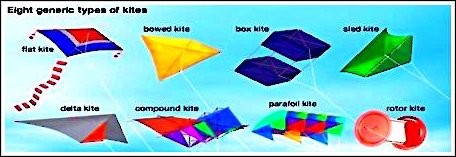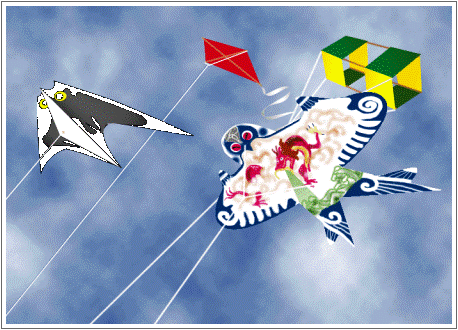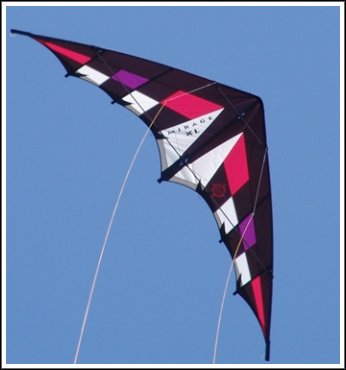Go and Fly a Kite!



Kite flying is fun, makes a great family activity and is one of the easiest hobbies to learn. People around the world have been doing it for over 2,000 years. With just a little practice anyone can fly a kite.
Kites are believed to have originated in the Far East, most likely China and have been used in a variety of ways. Armies have used them for military purposes such as as signaling devices and today some use them as aerial photography platforms. Hang gliding, kite surfing and kites towed behind boats with passengers are other applications.
There are other types such as the kytoon which may be filled with hydrogen, hot air, methane, or helium. However, this article will only focus on the simpler aspects of recreational kite flying.
Although kite flying has been around a long time, today the hobby has experienced a resurgence of popularity as a fashionable pastime and a competitive sport. In eastern Asia, for example, special competitions and festivals are held with elaborately designed and decorated kites.
Kites may be fashioned into bird, fish or dragon forms. Some may have whistles or pipes that emit musical sounds.


Kite-fighting contests are also held, in which competitors attempt to use their kites to attack and down the kites of opponents. But novices need to start simple.
There are many more types than one might think. They come in many shapes and sizes but most fit in one of three basic types…flat, box or soft. Soft kites have no rigid structure support. The kite inflates with wind pressure and forms an airfoil profile. A flat kite is the oldest and simplest type of kite. The most common is perhaps the Diamond. For all practical purposes, a kite can be described as a tethered aircraft.
For beginners it might be advisable to purchase a kit from a manufacturer that produces good quality kites. Later you might opt to design and build your own. The easiest to fly is the single-line delta. It has a classic triangle shape and wings and flies in much lighter winds than others kites…and the larger, the better.
Other single-line models include the diamond, the dragon and the box kite. For more stability and control add a tail. A long tail adds drag which will keep the kite nose pointed upward where it will catch the breeze. Adjusting the bridle point closer to the top of the kite will also make it more stable in higher winds. Moving it closer to the tail will help it fly better in lower winds.
They can be adjustable or fixed. Kites without center spines are more durable and crash resistant. Multiple kite packs pull harder than singles, but are just as easy and fun to fly. Although smaller kites fly well, bigger kites add an element of excitement.
Flying kites can be very enjoyable and relaxing, but there are things to keep in mind. First, select the proper location. For obvious reasons, never fly kites in the vicinity of trees or electric lines and avoid roads and highways. If a kite gets caught in a tree, don’t climb up after it, you could fall. There are plenty of safer places. Parks, beaches and open fields are good examples. The more room you have, the better.
Another thing to consider is weather conditions. Wind too strong or light can make kite flying difficult. Strong winds can cause young children to be pulled over as well as get friction burns from the kite line. If the weather is stormy, stay home and wait for a better day. Kite lines can attract lightning. Lightning is another reason a kite should never be constructed with metal parts.
And keep plenty of distance from other kite fliers. Lines can easily get tangled. If your kite line becomes tangled with another, walk towards the other person and the tangle will slide down the line to where you can untangle it.
Sometimes a kite will spin around in big circles. Rather than letting it crash, wait until it gets closer to the ground, then give it plenty of line. The kite should land smoothly and softly.
If your line gets caught in a tree, don’t pull on it. Just let out enough so the kite touches the ground. Then disconnect the string and pull it back through the tree.
Last, but not least, never fly a kite near the edge of a hill, cliff or slope.
Are you interested? Then Go Fly a Kite!









